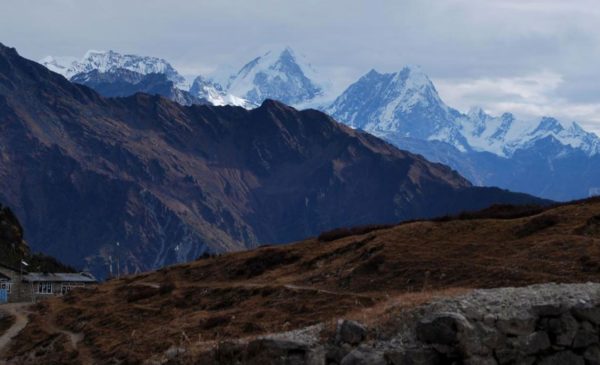 + View In Detail
+ View In Detail
Helambu Valley Trekking
Helambu is a lush region to the North of Kathmandu inhabited by Sherpas and Tamang people.…
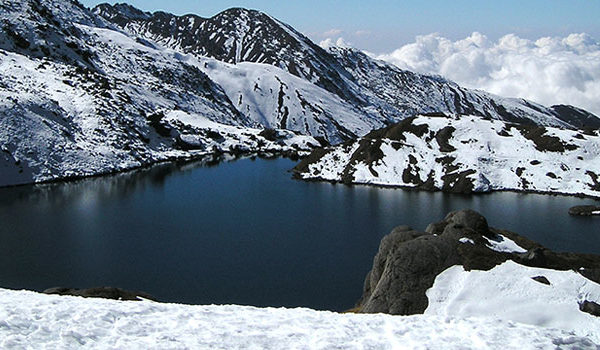 + View In Detail
+ View In Detail
Langtang Gosaikunda Lake Trekking
Langtang Helambu Gosaikunda combines the remote and spectacular valley of Langtang with the high mountain lakes…
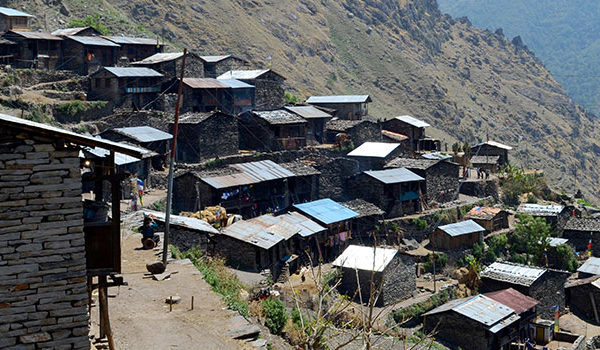 + View In Detail
+ View In Detail
Langtang Tamang Heritage trail Trekking
Tamang Heritage Trail in a previously restricted area near the Tibetan border. Its unexplored regions of…
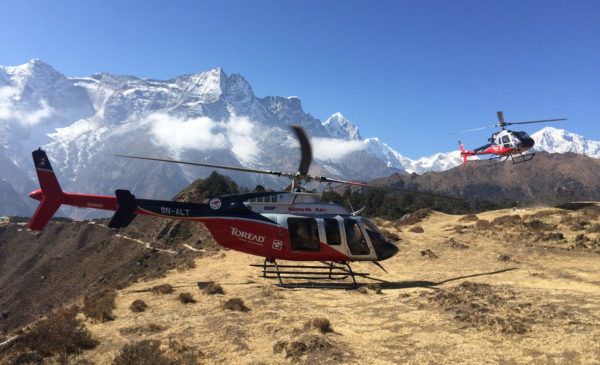 + View In Detail
+ View In Detail
Langtang Helicopter Tour
Langtang Helicopter tour promises the excitement of the viewers with the beautiful scenes of Himalayan range…
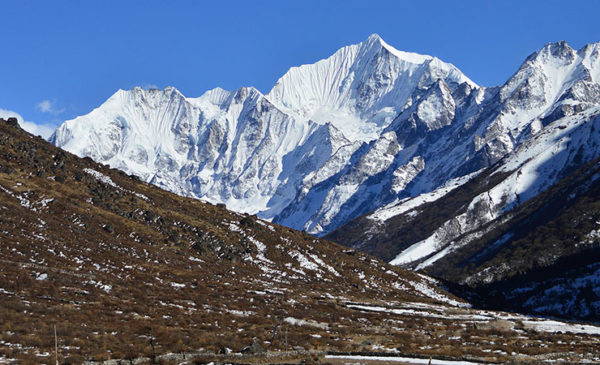 + View In Detail
+ View In Detail
Langtang Helambu Trekking
Langtang helambu valley trekking is one of the beautiful & classical treks in Nepal. From this…
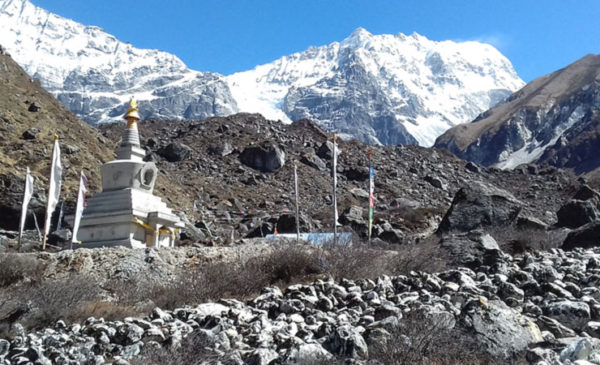 + View In Detail
+ View In Detail
Langtang Ganja-La pass Trekking
Langtang Valley with Ganja la Pass Trekking takes you to the famous Langtang region and the…
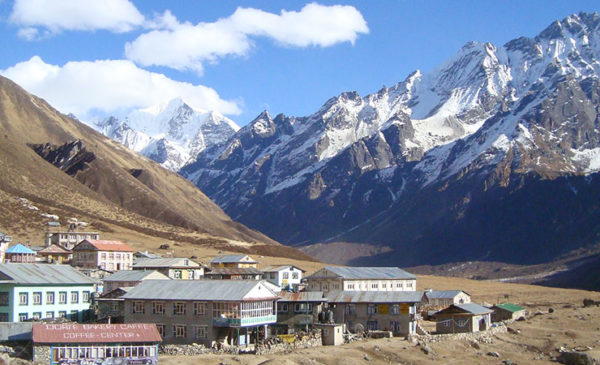 + View In Detail
+ View In Detail
Langtang Valley Kyanjin Gompa Trekking
The Langtang trek goes through the Langtang national Park, which was designated the first Himalayan National…
